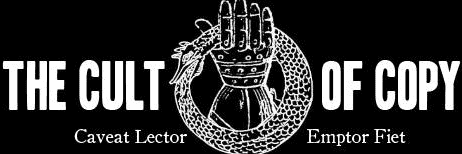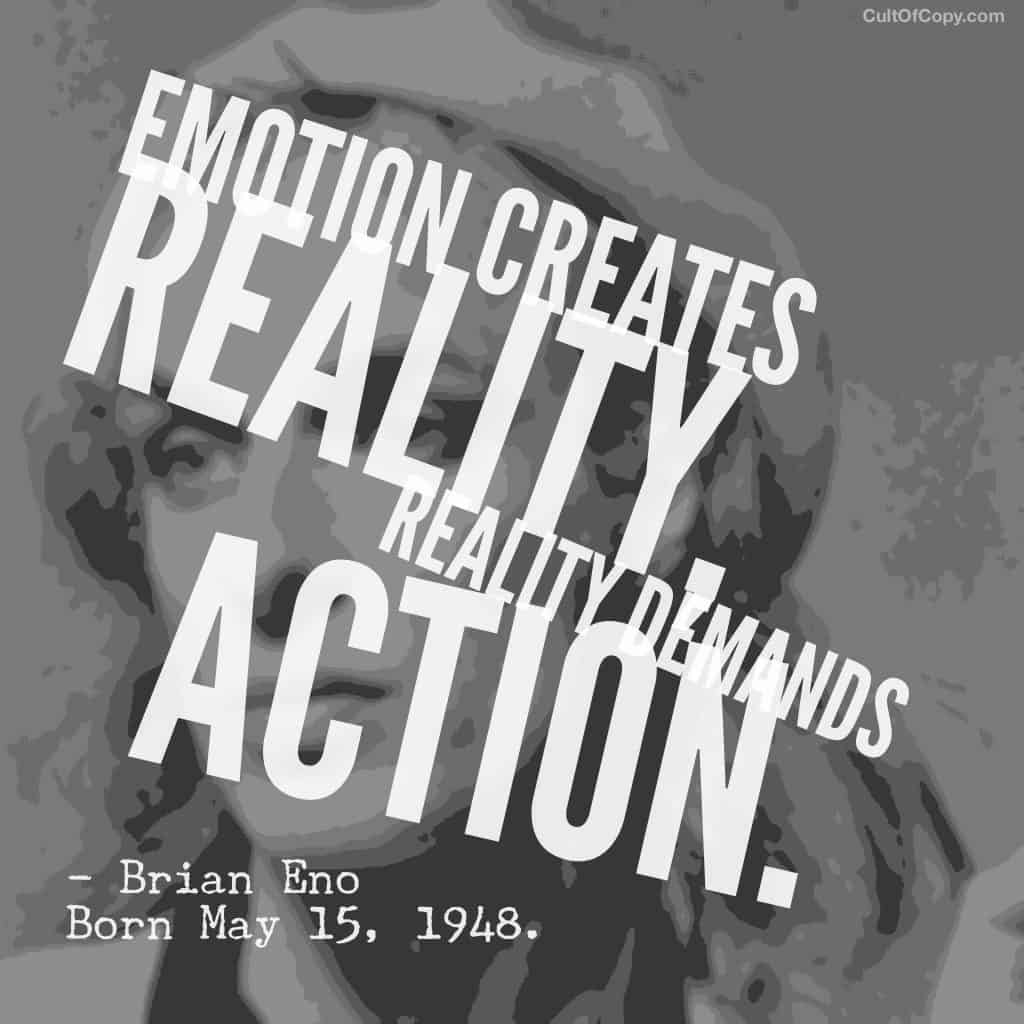“Emotion creates reality, reality demands action.” – Brian Eno, Born May 15, 1948.
This is a really elegant way to explain the connection between emotion and behavior.
If you can sufficiently tap into someone's strong emotions, you can then use those to distort their perceptions and beliefs, and thus alter their subjective reality.
Once you change that reality, you can make it feel like they are in an intolerable or untenable position.
And that can drive people to take urgent action to change their situation.
But the key to it is that you have to start at emotion.
People’s beliefs are anchored to feelings they have, and those feelings are rooted in identity. Most people believe that they are congruent. They behave according to their beliefs, because of who they are.
In reality, it can be the other way around. People behave the way they do on impulse and out of instinct or desire or just gut reaction. Then after the fact, they adopt beliefs which explain the ways they already behave.
All that to say, belief and behavior are not set in stone – they are squishy and malleable.
What a skillful persuader can do is take those strongly held emotions, and through a persuasive story, show how that set of beliefs and that identity could actually do the OPPOSITE of what they feel they want to do now.
Using emotion, then supporting the shift with logic, show that in reality, the person they see themselves to be would choose to comply instead of resist.
“You see yourself as ____ and you believe in ____. Therefore it only makes sense that you would do ____, right? If you want to be consistent and true to yourself, that is. Otherwise you must admit you simply aren’t what you thought you were…”
This is the way great churches and whole nations have been bent to the whims of dictators and autocrats all throughout history – why not wield this force yourself and make a little money selling cool stuff?

